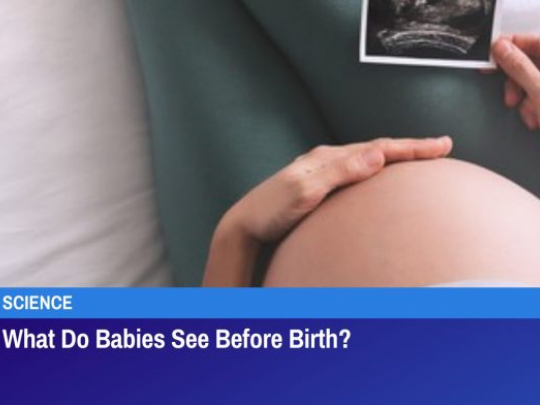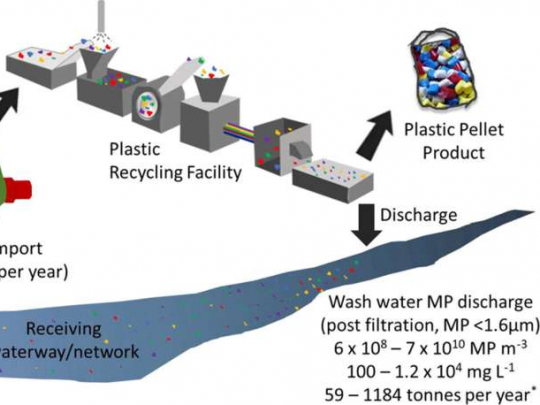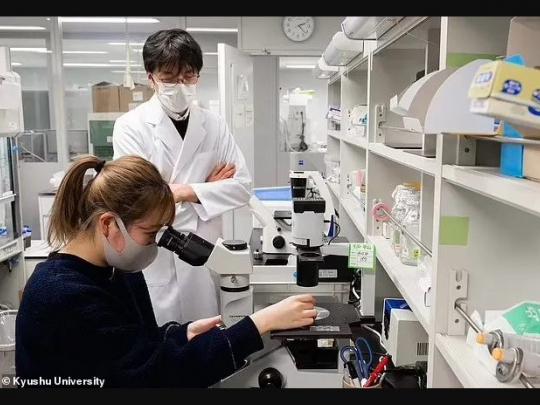What Do Babies See Before Birth?

On June 8, 2017, research published in the journal Current Biology showed a lot more interesting things about fetuses. According to the research, babies have more advanced vision capabilities during 3rd trimester and babies can select what they want to see or look at.
Researchers from Lancaster University in the UK were keen on expanding the understanding of fetal sight capabilities.
“We have been able to explore the use of all the fetal senses except vision up until now,” explained lead researcher and professor of psychology Vincent Reid in an email interview in 2017.
“There is a lot that we know about newborn babies and their vision, but almost nothing with fetuses just before they are born. The newborn is very good at processing faces and prefers to look at faces over any other shape so it was logical to explore the development of this preference before birth.”
Total 39 fetuses were examined who were ranged in a gestation age of 231 to 252 days. Reserchers attempted to check their visual capabilities by shining a light via maternal tissue.
“The light consisted of three dots,” Reid explained. “When these are arranged to represent two for the eyes and one for the mouth, newborn babies prefer to look at them more than anything else. So we didn’t show fetuses a ‘face’ but an image that was ‘face-like.'”
The researchers measured if and how much the fetuses turned their heads in response to the stimuli and they used 4-D ultrasound to measure the results. They showed the same three-dot pattern, but inverted to the fetuses. It was not too appealing to them as they were non-face like dots.
“Turning it upside down means that newborns do not find it interesting,” Reid noted.
“It means that we have this preference even before we are born,” Reid said. “[It] is either due to being innate or due to experiences prior to birth.”
“We now know that the fetus actively engages with visual information in the [prenatal] environment,” Reid said. “The head movement was a deliberate movement to track the stimuli that we presented. This means that we can now look at many other aspects of fetal vision.”
“Nobody has looked at this before,” Reid said. “A week-old infant has very poor focal vision. It is all blurred. The same will be true for a fetus a few weeks before birth.
We know that premature infants can see shapes, lights, and details. But that is once they are born, and it could be that the prenatal environment is different. We need to find out.”
Reid also said in an interview that “If the fetus can do this too, this tells us a lot about fetal cognitive capacities,” he said. “We’re also keen to look at how the fetus sees motion.
Babies prefer to look at animate or biological motion. If the fetus has this preference, this would suggest that experiences that they have had engaging with their own body may have given rise to these preferences.”
- Source : GreatGameIndia


















